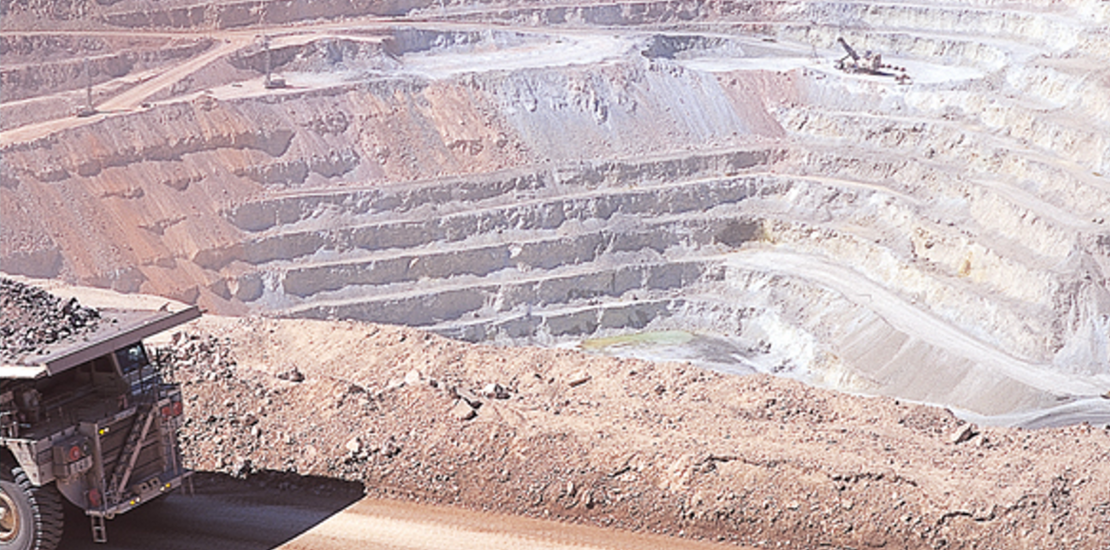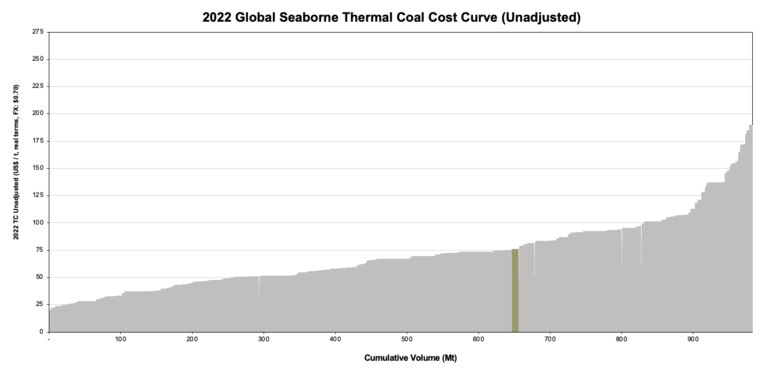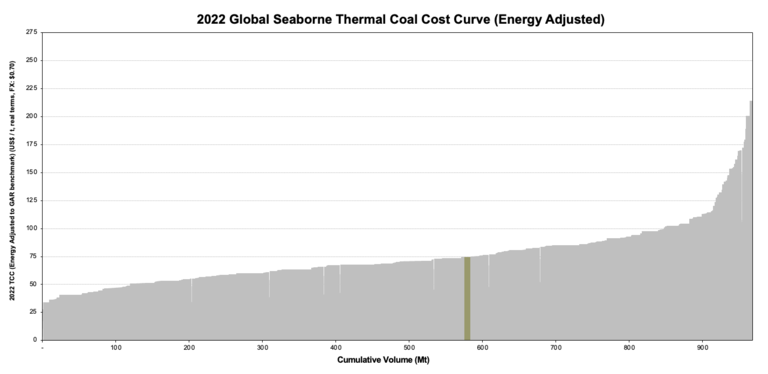A fresh take on the industry cost curve

For much of the last decade, the industry cost curve – a business school classic for understanding pricing – has been questioned for its relevance?
Regardless of which commodity market one follows, there is always a new occurrence that keeps most analysts guessing. Even if we claim that we’ve seen this before, or we can justify its occurrence, we all tend to gravitate back to the cost curve to provide the answers to the unknown. After all, it’s how many of us have justified price forecasts to support investment decisions, exits from the market, or even mergers and acquisitions!
For many long-term participants in commodity markets, cost curves have provided a level of economic rigour to the M&A process and depending on the type of market, insight into price formation. However, one of the most important variables involved in cost curve analysis is applying it to real-world, where competitive forces and market shocks simply cannot be modelled in a linear view of the world.
There is an increasing concern amongst many that the industry cost curve is no longer able to accurately represent the market conditions. “Considering a rational response to demand is one of the core concepts behind the industry cost curve, government interference and irrational policy causes notable distortions” says Dr Matthew Anderson, Director of Research and Consulting at Commodity Insights. Furthermore, “while a linear view of the world helps to simplify the market situations for which the curve can be plotted, it doesn’t address the trade-offs a producer needs to consider regarding the market’s predicted price and profit sensitivities when formulating strategy”.
After dispensing with the many and varied influences (such as the war in Ukraine and the Chinese import ban on Australian coal), it is still possible to identify a perceived place (or value) related to positioning on the industry cost curve however the demand intersection point does not always reflect the market price due to substitution, quality adjustments and marketing activities.
To demonstrate this Commodity Insights has considered two variants of the same industry cost curve; first a very basic cost and volume (no adjustments for quality) suggests that the weighted average cost is approximately US$71/t and a typical NSW thermal coal mine is in the third quartile of the cost curve.

Given that thermal coal is sold based on its energy content, the second variant of the industry cost curve shows the same data but considers the variability in quality of each mine. Using the calorific value of the coal, costs are adjusted to reflect the energy content. In this energy adjusted example the weighted average cost is US$75/t and the same typical NSW thermal coal mine moves down the cost curve.

While the energy adjusted cost curve has been the primary tool used by industry analysts to compare the cost of producing a consistent standard of coal (i.e., Newcastle export thermal coal with a specific energy of 6322 kcal/kg) there are some notable limitations. For example, the energy adjusted cost curve doesn’t account for the different pricing arrangements (i.e., indices) that can vary between different source and destination countries. Nor does this represent the efforts of marketing teams to extract the best price for their coal based on quality characteristics.
Accordingly, variants to the quality adjusted cost curve are used by some producers to demonstrate the value that can be attributed to the selling strategies of coal producers by considering the difference (i.e., margin) between the applicable index and the likely energy adjusted price. By incorporating a margin variable such as this into the cost curve, the supply and demand intersection points better represents the indicative price.
Although the industry cost curve continues to be an indispensable analysis tool in M&A processes based on the level of economic rigour, caution needs to be exercised when it is used in the price determination process, requiring some finesse to realise the most powerful insights including increasing competitiveness and gaining a significant market share.
